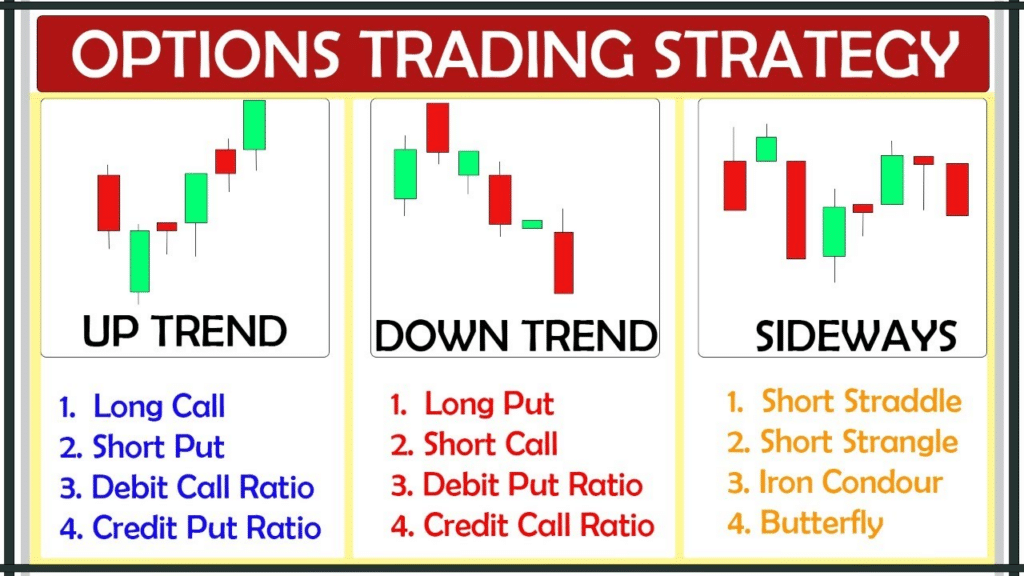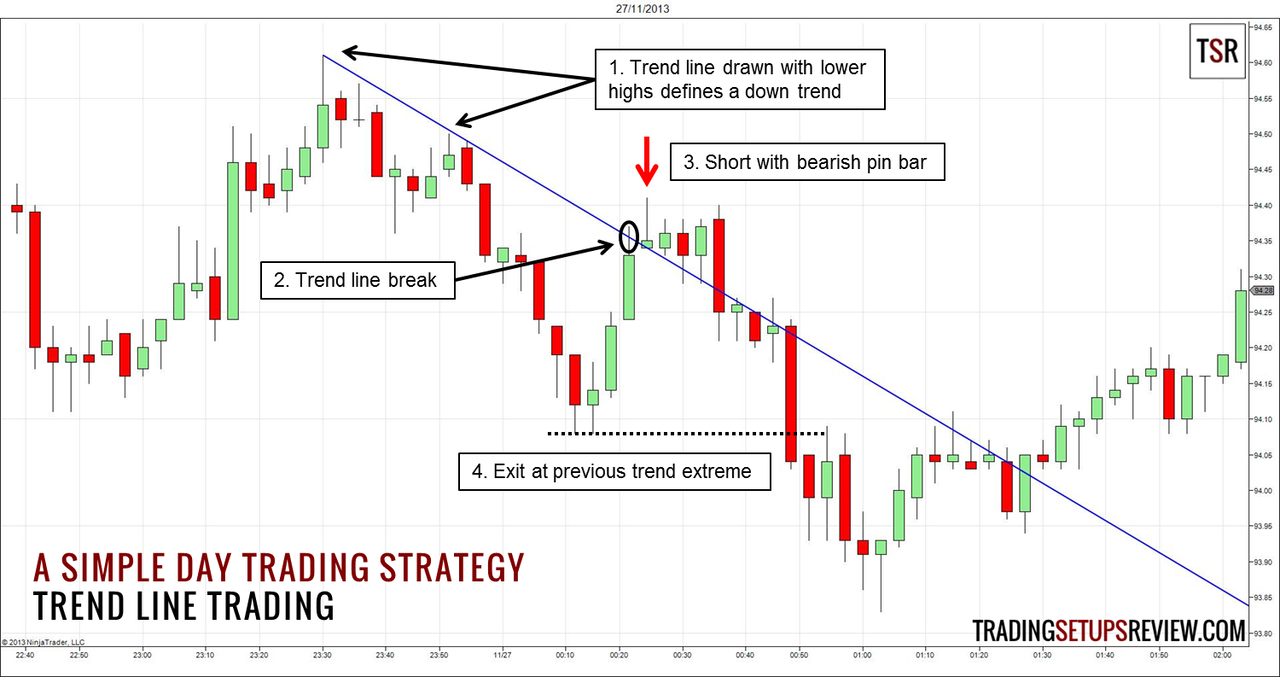Introduction
In the fast-paced world of financial markets, day trading options has emerged as a popular strategy for traders seeking to capitalize on short-term price movements. Options, which are financial instruments that give the buyer the right but not the obligation to buy or sell an underlying asset at a specified price and date, offer a unique opportunity for traders to profit from both rising and falling markets. Whether you are a seasoned trader or a novice entering the exciting arena of options trading, understanding the strategies and nuances involved is paramount for success. This comprehensive guide will delve into the intricacies of day trading options, empowering you with the knowledge and tools necessary to navigate the markets effectively.

Image: investgrail.com
Types of Day Trading Options Strategies
Day trading options encompasses a vast array of strategies, each tailored to different market conditions and risk appetites. Some of the most common strategies include:
1. Scalping: This strategy involves entering and exiting multiple trades throughout the day, capitalizing on small price fluctuations with a high win rate but small profit margin. Scalping requires lightning-fast execution and a deep understanding of market momentum.
2. Range Trading: This strategy focuses on trading within a defined price range, aiming to profit from price reversals at key levels. Range traders identify support and resistance levels and seek to buy at support and sell at resistance.
3. Momentum Trading: This strategy involves identifying and riding market trends by buying into uptrends and selling into downtrends. Momentum traders use technical indicators to time their entries and exits.
4. Options Spreads: This strategy involves buying and selling options with different strike prices and expiration dates to create a custom spread that profits from specific market scenarios. Spreads offer a range of risk and reward profiles.
Fundamental Analysis for Day Trading Options
In addition to technical analysis, which focuses on price charts and indicators, fundamental analysis is essential for day trading options effectively. Fundamental analysts examine macroeconomic factors, company earnings, news events, and other fundamental data to assess the underlying value of an asset and predict its price movements. Key fundamental indicators to consider include:
1. Economic Data: Economic indicators like GDP growth, inflation, unemployment rate, and interest rates can significantly impact stock prices and option premiums.
2. Company Fundamentals: Factors such as revenue, earnings, profit margins, and debt ratios provide insights into a company’s financial health and growth prospects.
3. News and Sentiment: Market sentiment and news events can drive short-term price fluctuations in both positive and negative directions.
Risk Management for Day Trading Options
Risk management is a crucial aspect of day trading options. Options trading carries inherent risks, and it’s essential to implement strategies to protect your capital. Some critical risk management techniques include:
1. Position Sizing: Determine the appropriate number of contracts to trade based on your account size and risk tolerance. Avoid overtrading or going all-in on any single trade.
2. Stop-Loss Orders: Place stop-loss orders at predetermined price levels to limit potential losses if the market moves against you.
3. Option Selection: Choose options with sufficient liquidity and expiration dates that align with your trading strategy. Illiquid options may result in slippage or difficulty in executing trades.
4. Diversification: Spread your trades across different underlying assets and trading strategies to reduce overall risk.

Image: www.tradingsetupsreview.com
Day Trading Options Strategy
:max_bytes(150000):strip_icc()/10OptionsStrategiesToKnow-02_2-c1aed6a1ee3545068e2336be660d4f81.png)
Image: www.kingdavidsuite.com
Conclusion
Day trading options can be a lucrative and challenging endeavor. By understanding the different strategies, applying sound fundamental and technical analysis, and implementing effective risk management measures, you can increase your chances of success in the fast-paced world of options trading. Remember, the key to thriving in this dynamic market is continuous learning, adaptability, and a disciplined approach.






